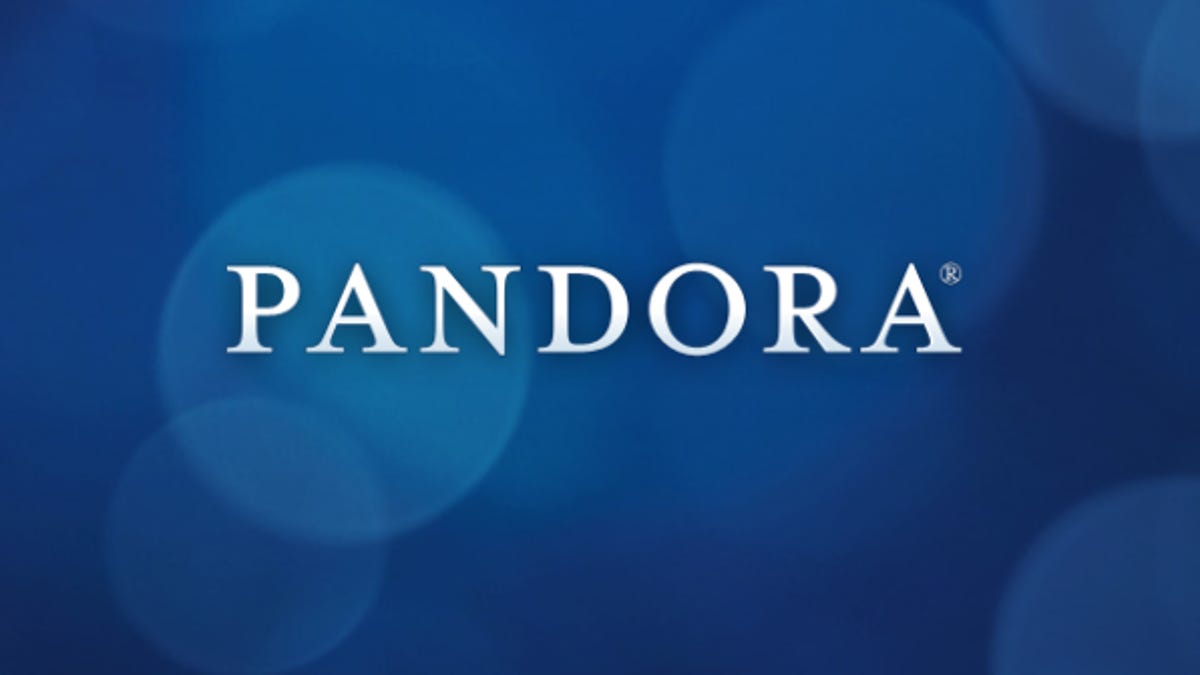Pandora hits 2.5M in-car activations, quadruple last year's mark
Forget the big white whale, it's a big white car that Internet radio needs to slay. The top Web radio service hits a milestone of unique activations, but they're drops in the ocean until car tech is more accommodating.

Pandora is the biggest radio service on the Internet, and it is getting bigger in cars -- the place more than any other where people bob their heads and belt out lyrics to music they're not ordering up on demand.
Home to half of all radio listening, automobiles are Pandora's biggest opportunity, but it's one crimped by technological limits and a glacial pace of automobile rollouts.
The company said today it has notched more than 2.5 million unique activations through cars. That's more than quadruple the number Pandora had a year ago.
The accomplishment was made through integration with almost two dozen automotive brands and a handful of companies that make devices drivers can put in their cars themselves.
Pandora released the updated number to coincide with a Connected Car Conference, part of CE Week in New York, where a recurring theme is getting more apps in cars and making them smarter. Tuesday's figure shows Pandora is gaining traction there, as does the fact more car manufacturers are making Pandora a selling point of their vehicles too.
But Pandora's share of total U.S. radio listening is a little over 7 percent, with traditional FM/AM eating up most of the market and satellite competitor Sirius XM Radio enjoying a big chunk of the rest.
Like Pandora, Sirius XM is a technological advance on the way drivers received radio for decades, but the satellite operator has a head start getting into dashboards. Sirius XM, with its option for car integration nearly ubiquitous, has 24.4 million subscribers.
With much pricier subscriptions and longer track record, Sirius XM has a leg up on Pandora in sales also. It booked $3.4 billion in revenue in 2012, compared with Pandora's $427.1 million in a fiscal year that ended one month later in January.
Tom Conrad, Pandora's chief technology officer, told CNET earlier this month that Pandora is in the first chapter of connecting cars to the Internet, which the service needs to succeed there. The first phase is marked by consumers bringing Pandora to car with their phone and connecting with USB or Bluetooth
In the second stage, which will occur over the next few years, he said, more cars will drive off the lot with Internet capability, and will be getting Internet Protocol radio waves in addition to satellite and FM radio waves.
But the rollout of new features in cars is slow. Models are designed years in advance, and the production process isn't set up to be nimble and accommodating to new outside technologies as soon as they're available.
And while car makers are eager to bring their customers more personalized radio options like Pandora, they get skittish when features require too much attention and fiddling. Driver distraction begets safety risk.
For Pandora, which has yet to post a profitable year as a public company, the question is whether the speed limit on car integration will keep it from reaching its destination in time.

